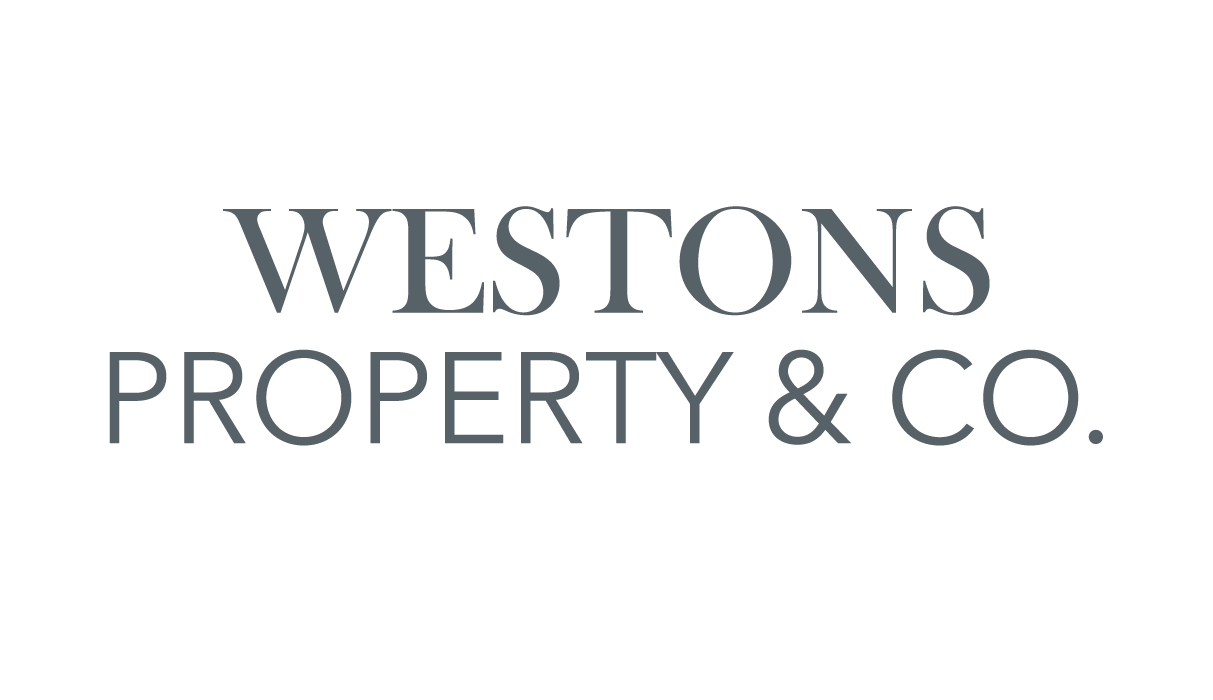
Does adding a granny flat add value to my Hills District home?
Adding a granny flat to your Sydney Hills District property is a big decision. Like any investment decision, it needs to stack up financially. You need to consider the potential value of adding a granny flat before you go ahead.
Adding a granny flat has its pros and cons from an investment perspective.
The pros
- Granny flats allow you to generate rental income
Tenant demand for granny flats is strong because they are cheaper to rent than houses or apartments in the same area.
- Granny flats can add value to your home
Buyer demand for properties with council-approved granny flats is strong for three main reasons:
1) Australia’s ageing population is seeing many families invite elderly relatives to live with them. Granny flats allow the elderly to retain their independence while living with their families.
2) High market rents are resulting in the current generation of adult children staying in the family home for longer. Granny flats give adult children the space they need and the opportunity to save more before getting their own property.
3) More and more Australians are working from home, and a granny flat allows you to keep your work and home life separate.
The cons
- Granny flats cost money to build
However, they are much cheaper to build than buying other types of investment properties, like apartments or standalone houses.
The cost to build a granny flat obviously depends on its size and features. It’s important to be sure of all your costs before you commit to building. Get fixed price quotes if you can. You should factor in Hills Shire Council granny flat approval fees as well.
- Granny flats can have tax implications
If you rent your granny flat out at commercial rates, you will need to declare that income on your tax return and pay tax on it at your marginal rate.
However, you can claim any granny flat expenses against your granny flat income. If your income exceeds your expenses, you can actually pay less tax overall. This is known as negative gearing and it’s a popular investment strategy.
While negative gearing may seem illogical on the surface, not all investment property expenses are cash expenses that you actually have to pay. In addition, any expenses that you do have to pay can be more than offset by the overall increase in value of your property with the granny flat included.
Examples of tax-deductible granny flat expenses could include:
– interest on any money you borrowed to build it
– extra insurance premiums you pay to cover it
– depreciation on any furniture and appliances in it (a non-cash expense)
– a portion of your council rates
– any repairs and maintenance costs on it
You will also have to pay capital gains tax (CGT) on the granny flat if you’ve rented it out and sell your property in the future for a profit. The CGT will be 50% of your profit on the granny flat value in the selling price, and that amount will be taxed at your marginal tax rate. The value of your main residence is exempt from CGT.
Granny flats: Sydney Hills District
Granny flats in the Hills District require council approval. Don’t build a granny flat without this approval otherwise you could run into problems trying to sell your property in the future.
- Winston Hills and Baulkham Hills
Current rents for granny flats in Winston Hills are around $450 per week ($23,400 per year) for modern, 2-bedroom options. Comparable weekly rates in Baulkham Hills are about $400 ($20,800 per year).
Want to talk through your property options? Give us a call today
As you can see, granny flats can be a financially lucrative addition to your home, but as with anything property-related, it pays to do your research.
If you’re thinking of buying or selling in Sydney’s Hills District and would like to know more about current market trends, talk to us!
